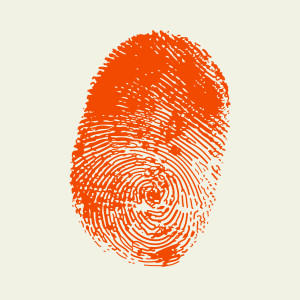What are Biometric Time Clocks?

What are Biometrics?
Biometrics refers to a measurement that is related to human characteristics: either physiological or behavioral. Biometric authentication uses the measured human characteristic as a form of identification. This can include identifying a person by their face, hand geometry, handwriting, iris or fingerprint to name a few.
How Do Biometric Time Clocks Work?
There are many different types of biometric time clocks on the market. One common way of using biometrics in time clocks is to have them equipped with a fingerprint reader. So, how does a fingerprint reader work? First, the reader takes an image of the fingerprint. Then, the system turns the image into a mathematical representation called a “minutia.” The system destroys the fingerprint image, but keeps the minutia file to match it with the corresponding employee. If there’s a match, the employee clocks in and the minutia is destroyed.
Should Employees Be Concerned about Privacy?
Most biometric time clocks do not actually store fingerprints. Instead, they save a mathematical representation of the employee’s biometric data. It’s important to note, that it is impossible to recreate the original fingerprint image using the minutia file.
Want more?
EPAY Systems offers a flexible, cloud based time and attendance system equipped with mix-and-match data collection devices, including biometric time clocks. Contact us to learn more, or check out another great article on the blog: 3 Myths About Biometric Time Clocks.
